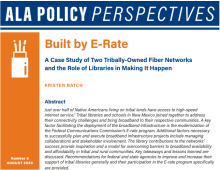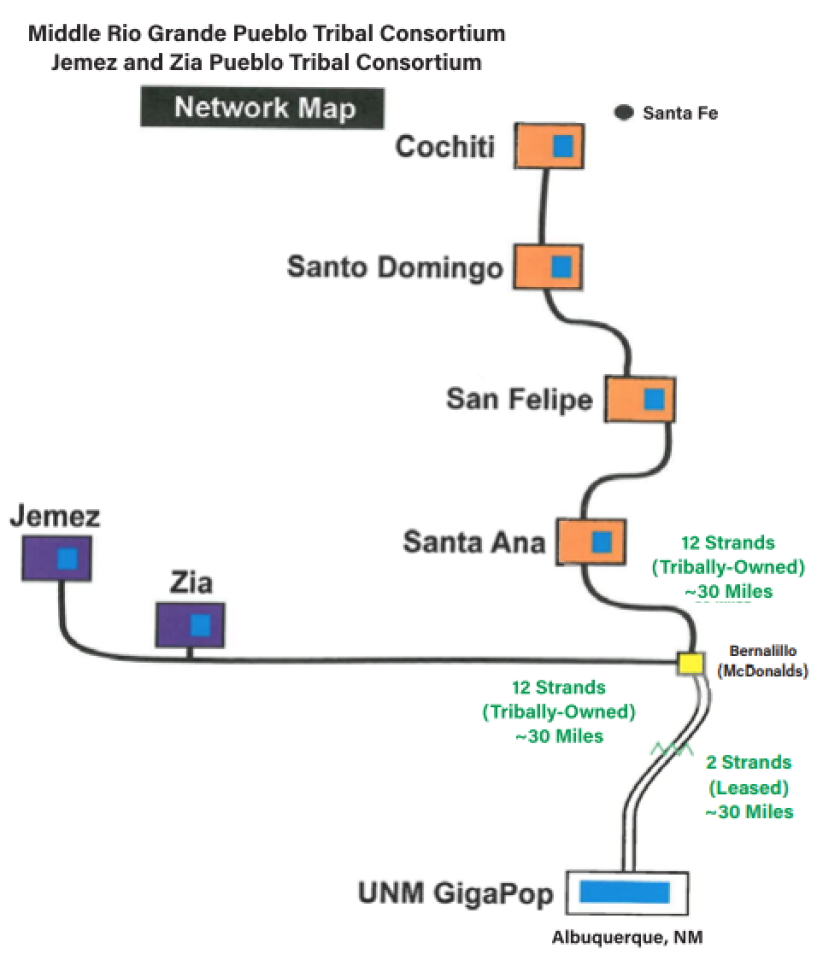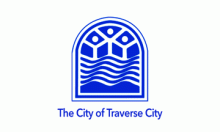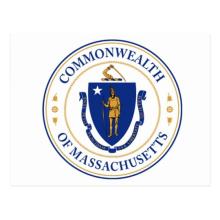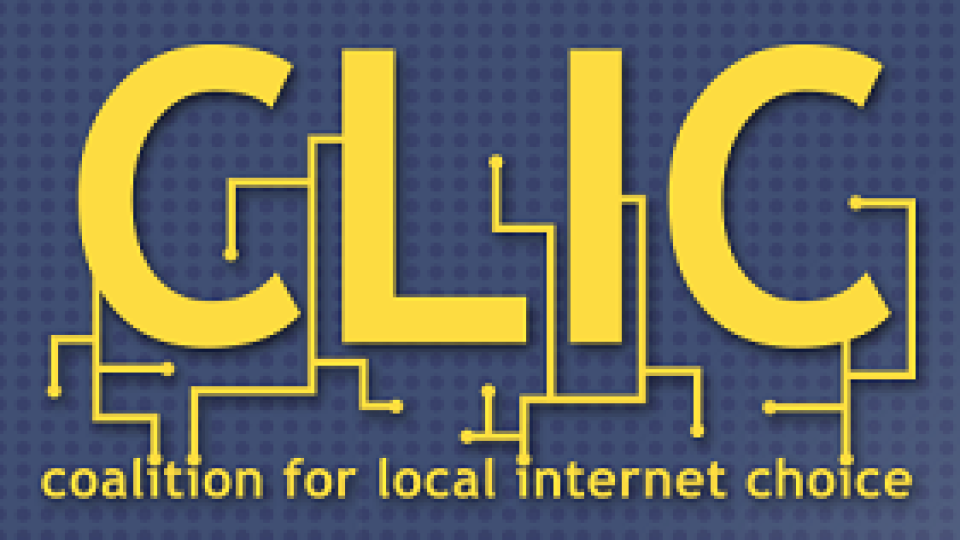Henry County, Tennessee Commits to Universal Broadband Access
More than a year and a half of planning and negotiation will culminate in fiber infrastructure laid to every household in one Tennessee county over the next few years. West Kentucky & Tennessee Telecommunications Cooperative (WK&T), using its own funds along with money from the Henry County Commission and the state of Tennessee, will extend its existing network to cover the entire county and give residents access to its broadband network and services.
Expanding Their Commitment

The recent news serves to expand a partnership that was originally announced in the spring of 2019. At that time, WK&T (founded 1951) pledged $2 million in investment and was awarded $2 million in matching funds from the second round of the state’s Broadband Accessibility Grant Program to reach 912 unserved homes in Henry County.





